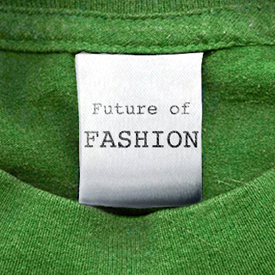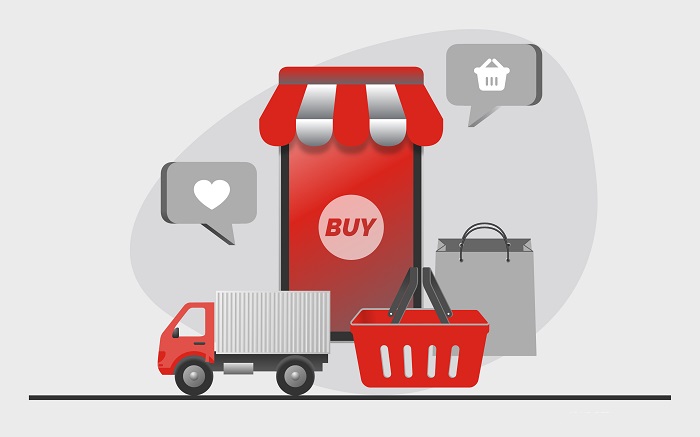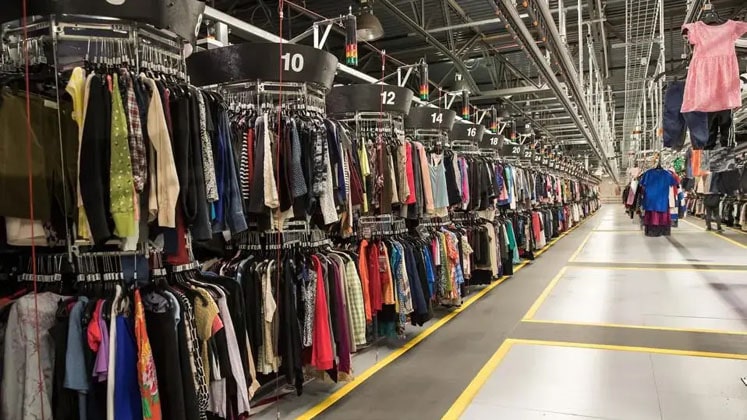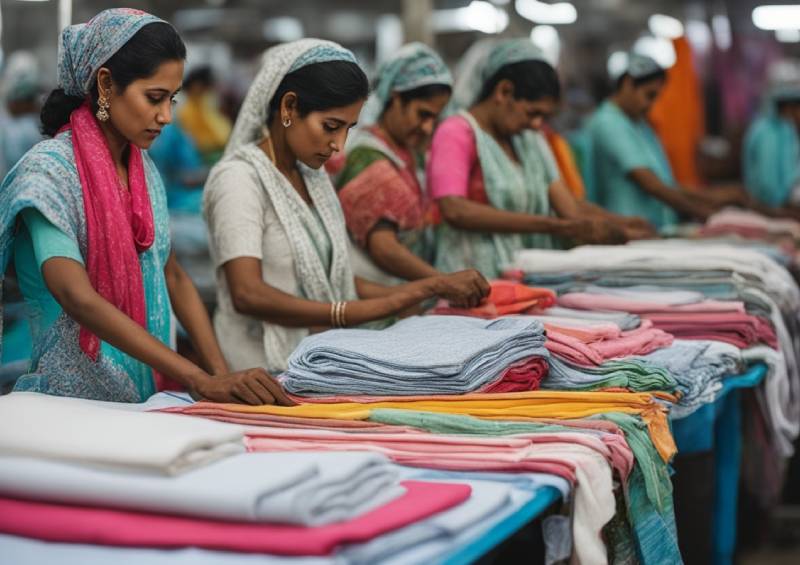
Fashion, a big pollutant

A few brands, such as Patagonia are truly committed to the cause of sustainability and ethical sourcing. Yet, most apparel chains today are no better than they were in the 90's, when sweatshop exposés triggered a wave of outrage among consumers. In fact, today, the supply chains are more replete with human abuse with most clothing products still being produced in horrendous and life-threatening conditions, and by exploited labourers who are often trafficked workers or children.
Besides, as per the World Bank, textiles are the second largest contributor to global water pollution. A 2013 report by Danish Fashion Institute had stated, the apparel industry is only second to oil when it comes to environmental impact as a whole. Natural fibres such as rayon and viscose contribute to the destruction of ancient rainforests, while synthetic fibres such as polyester are derived from petrochemicals. Thus, the problems are manifold in nature.
However, initiatives such as Accord on Fire and Building Safety in Bangladesh, and non-profits such as Canopy and Verité, campaigns such as Fashion Revolution Day, and a new documentary film, The True Cost, are creating awareness among consumers and are seeking change. Social entrepreneurs too are coming up with fresh approaches that could help the apparel industry truly clean up its act and achieve both style and substance.
Three points to help sustainability
Entrepreneurs have three reasons to be optimistic about the future of fashion. They believe that more industries can get involved in ending human trafficking in the industry. This means, more players, such as transportation, finance, health, and agricultural R&D, etc, if get involved in resolving this issue, it would work. They can activate a network of industries, solve sustainability issues in fashion, which could potentially be accomplished more effectively and with fewer resources.
Next, empowering workers to make supply chain traceability a reality would also help. Multiple tiers of contractors and brands that care about sustainability are a part of modern supply chains. These often only have full transparency with tier-one suppliers. The fourth and fifth tiers are almost impossible to track labour conditions. However, LaborVoices enables workers to send real-time data on working conditions through their mobile phones. The system, which is available in 50 countries, also helps workers access information on their rights and how to resolve workplace grievances.
Consumers have limited options when it comes to buying ethical clothing. Thus, at present, consumers have limited power to cast an economic vote for change, without the ability to access sustainability information and to make ethical point-of-sale decisions. There’s a way out though—the citizen advocacy organisation, PODER, for example, builds relationships with prominent investors and helps communities make a business case to them for sustainability. Then, investors can raise their voices to calls for better working conditions and monitoring programmes.












